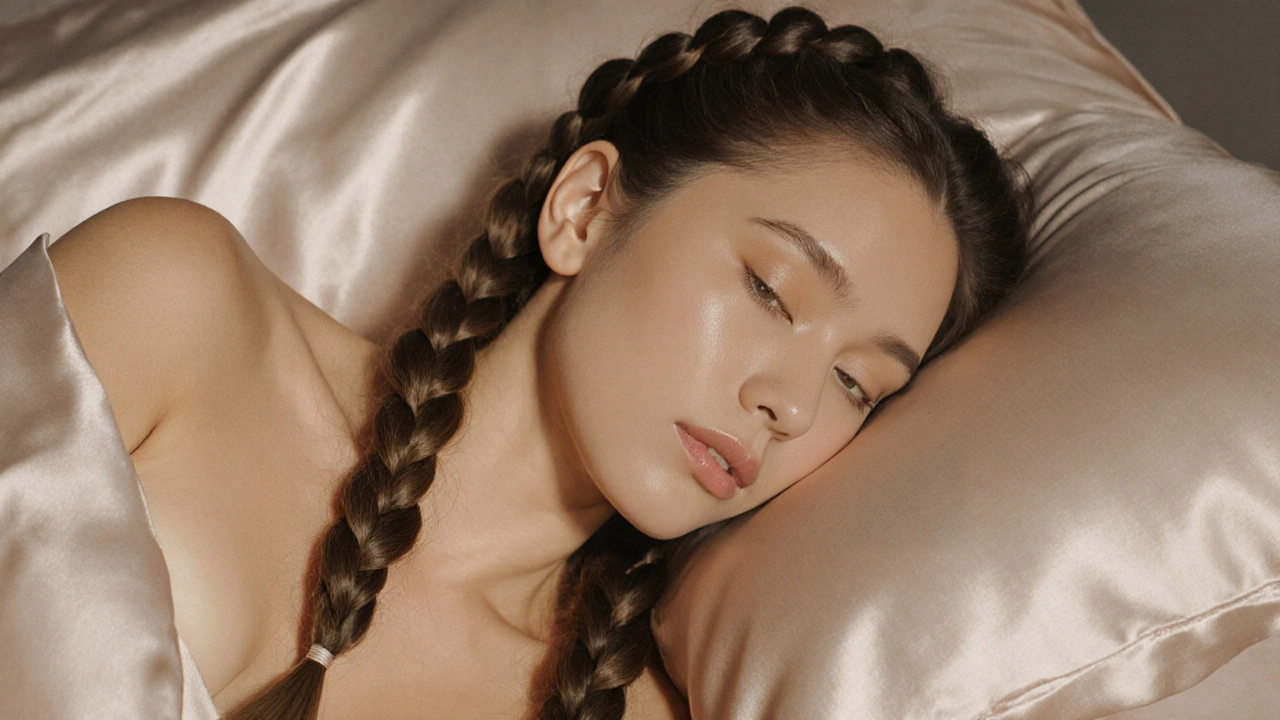When you hear sew-in hair extensions, a method of attaching human hair to braided natural hair using a needle and thread. Also known as weave extensions, it's one of the most durable ways to add length, thickness, or texture without damaging your own hair. Unlike clip-ins or tape-ins that you can take out at night, sew-ins are meant to stay in for weeks—sometimes up to two months—making them perfect for people who want a low-maintenance, high-impact change.
What makes sew-ins different isn’t just how they’re installed—it’s what they’re made of. Most high-quality sew-ins use human hair extensions, real hair collected from donors and processed to match natural texture and color. This means you can wash, heat-style, and even dye them like your own hair. Cheap synthetic versions exist, but they tangle easily, melt under heat, and look fake under sunlight. If you’re serious about looking natural, go for 100% Remy human hair. It’s the standard for salons that know what they’re doing.
Installing a sew-in isn’t just about sewing hair onto your scalp—it’s about preparation. Your natural hair has to be tightly braided into cornrows first, which keeps the extension secure and protects your edges. If your stylist skips this step or braids too tight, you risk breakage or traction alopecia. That’s why it’s not a DIY job. A good stylist will also match the texture and color perfectly. A mismatched sew-in looks obvious, even if the hair is expensive. The goal isn’t just to add length—it’s to make it look like your hair grew that way.
And then there’s care. You can’t just wash and forget. Sew-ins need regular cleansing, but too much water weakens the threads. Sleeping with a satin bonnet prevents tangling and keeps the braids intact. You also need to moisturize your scalp—dry skin under a sew-in leads to itching and flaking. Most people think the extensions are the only thing that needs attention, but your real hair is still growing underneath. Neglect it, and you’ll be left with thin patches when you take the sew-in out.
People often ask if sew-ins are better than halos or clip-ins. The answer depends on what you want. Halos are quick and easy, but they don’t give you the same full-head coverage. Clip-ins are great for occasional use, but they slip out during windy days or workouts. Sew-ins are for when you want to wake up every morning with thick, flowing hair—no clips, no straps, no fuss. They’re the go-to for brides, women recovering from hair loss, and anyone who wants to change their look without commitment to dye or chemicals.
What you’ll find in the posts below are real, practical guides on how to choose the right type of hair, how to avoid common mistakes, how to make your sew-in last longer, and what to do if your scalp starts itching or your edges thin out. We’ve covered everything from how to spot low-quality hair to how to wash your extensions without ruining them. No fluff. No hype. Just what works.

Learn how to sleep with sew-in hair extensions without causing damage, breakage, or premature loosening. Simple nightly habits like braiding, using satin pillowcases, and keeping your scalp clean can extend the life of your weave.